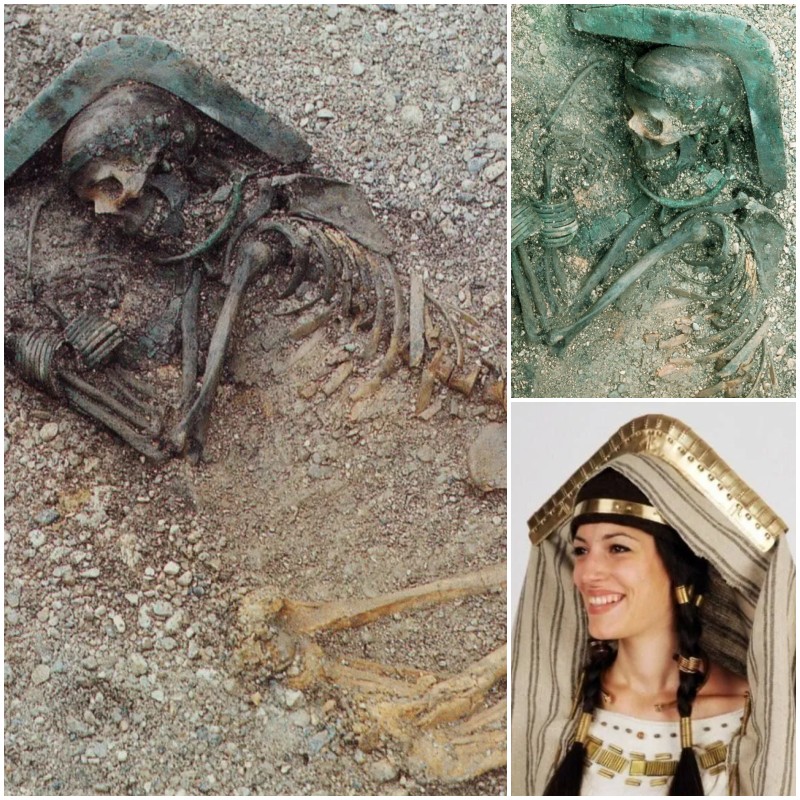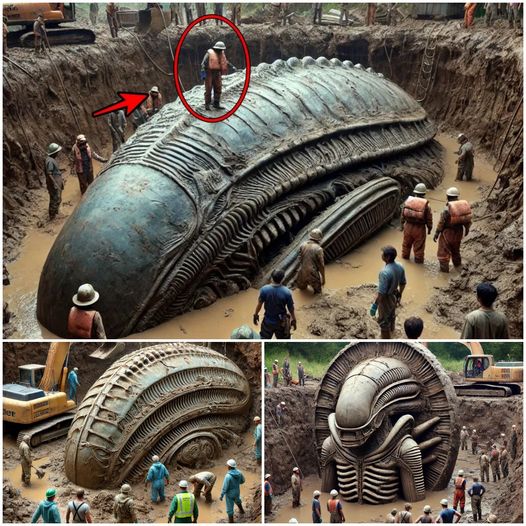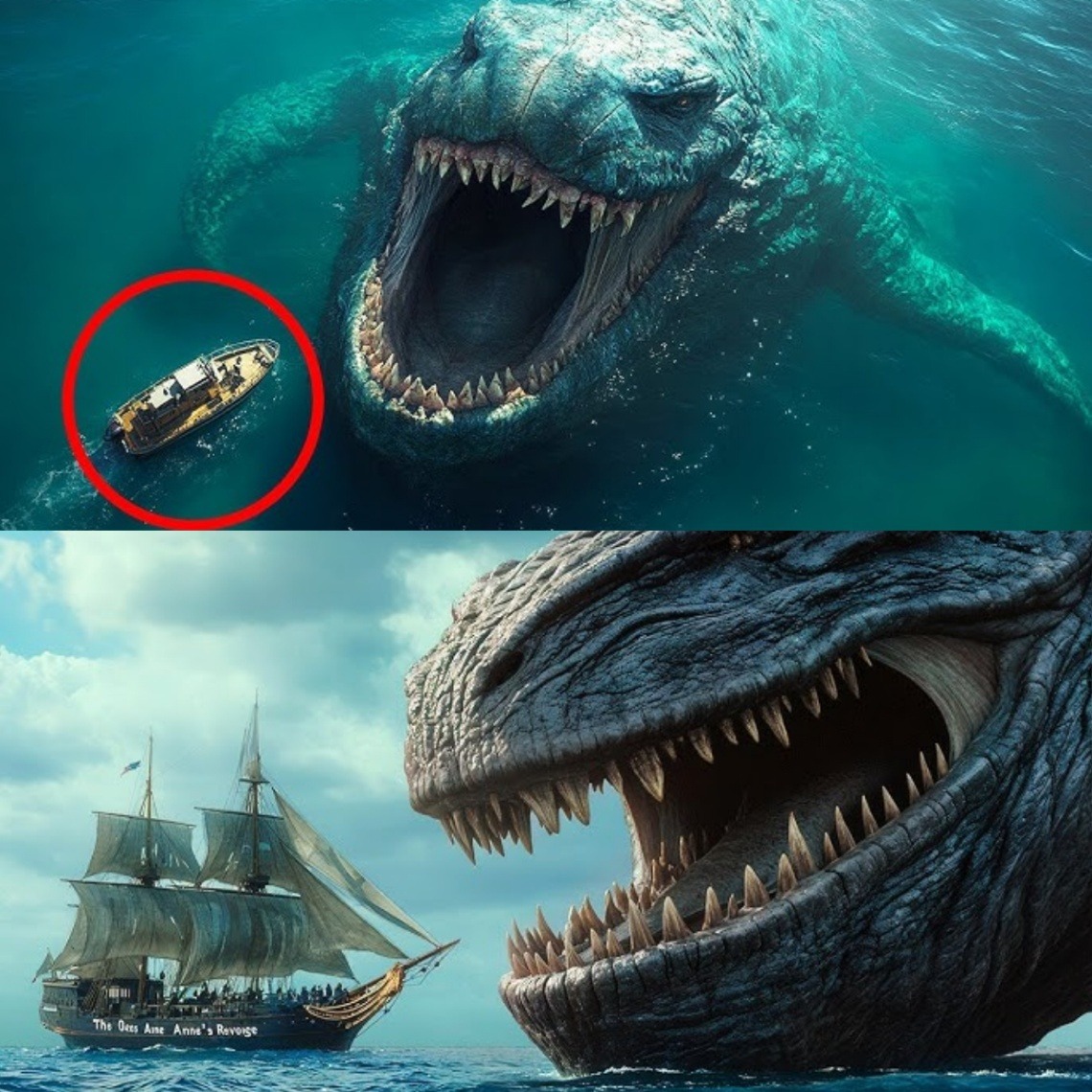We are most fascinated by underwater finds, whether they are the ruins of sunken ships, long-lost cities, or buried relics. The lost city of Pavlopetri, which scientists think is the oldest submerged city in the world, is a great example of the riddles that surround such findings. Aerial drone photo of the prehistoric settlement of Pavlopetri, a sunken city and archaeological site just below the surface in Peloponnese, Greece.

Image Credit: Aerial-motion/Shutterstock The Peloponnesus region of southern Greece’s Pavlopetri is home to Pavlopetri, which is believed to be about 5,000 years old and predates the illustrious heroes of Homer.
Pavlopetri is situated just off southern Laconia. Folkion Negris, a geologist, initially recognized it in 1904, but Nicholas Flemming of the Institute of Oceanography at the University of Southampton rediscovered it in 1967. He said the Bronze Age city was submerged in water that was about 3 to 4 meters (10 to 13 feet) deep. Then, over the course of six weeks in 1968, Flemming went to the location with a team of archaeologists from the University of Cambridge to survey the massive ruins.The team created a plan of the city using a grid system and hand tapes, which are used to mark the boundaries of an area to be explored.
They estimated that the city covered an area of 300 meters by 150 meters (980 feet by 490 feet) and had at least 15 different buildings, as well as courtyards, five streets, two tombs, and at least 37 cist graves, a small stone-built ossuary used to hold bones. Additionally, they discovered that the underwater city continued southward onto Pavlopetri itself, where the ruins of walls and other artifacts were discovered. The team also discovered other relics on the seafloor while doing their investigation, including pottery, obsidian and chert blades, and a small bronze figurine that they estimated to have been manufactured between 2800 and 1180 BCE.
However, it was discovered that the majority of the structures in the sunken city date to the Mycenaean era, roughly 1650–1180 BCE. The site at Pavlopetri didn’t attract any more attention for about 40 years after that. A five-year initiative to thoroughly investigate the city was launched in 2009 by a team of researchers from the University of Nottingham, the Hellenic Centre for Maritime Research, and the Ephorate of Underwater Antiquities of the Greek Ministry of Culture.
hrough a thorough digital underwater archaeological survey and several underwater excavations, the team aimed to learn more about Pavlopetri’s past. MzkyOFBhdmxvcGV0cmkuanBn.png The researchers’ investigation led to the discovery of an additional 9,000 square meters (97,000 square feet) of brand-new structures, including a sizable rectangular hall and buildings that flanked a previously undiscovered street.
Additionally, they discovered pithos burials, which are sizable potteries used to preserve bodies before inhumation or cremation, and graves with stone linings. New ceramics were also found, which supported the Mycenaean occupation, and there was evidence that the city had been inhabited from roughly 3000 BCE until 1100 BCE throughout the Bronze Age.
The city would have been home to 500 to 2,000 people at this period.
Aspect of a virtual reconstruction of the settlement’s possible original layout (ANA-MPA/BRITISH SCHOOL OF ATHENS/STR)
Although the exact circumstances that sent Pavlopetri to the ocean floor remain a mystery, some have theorized that it may have been sunk by an earthquake that took place either around 1000 BCE or 375 CE. Given that Pavlopetri is the oldest sunken city ever discovered and predates the time when Plato wrote his allegory of the mythical island of Atlantis (which never existed), some have immediately hypothesized that Pavlopetri was the model for his imagined island.





